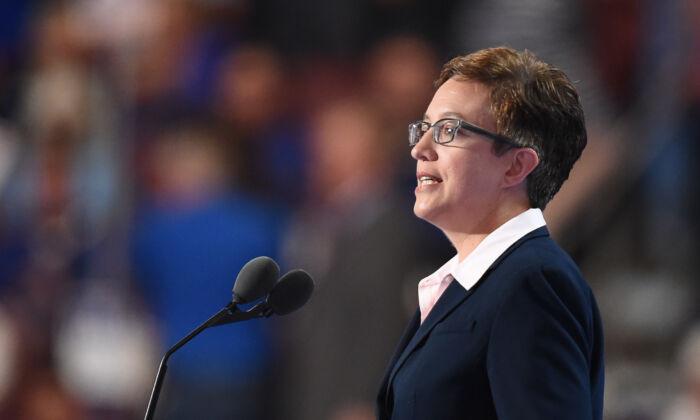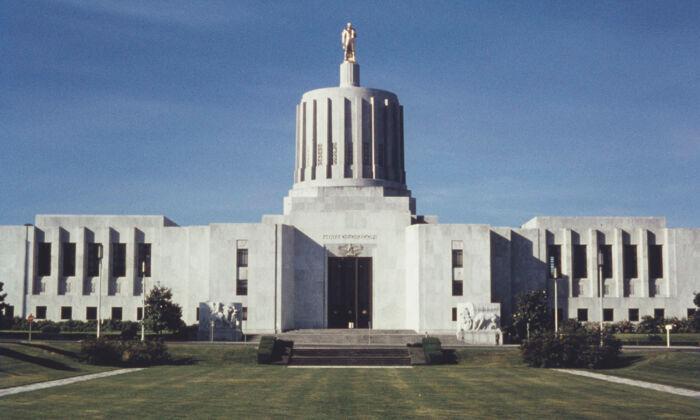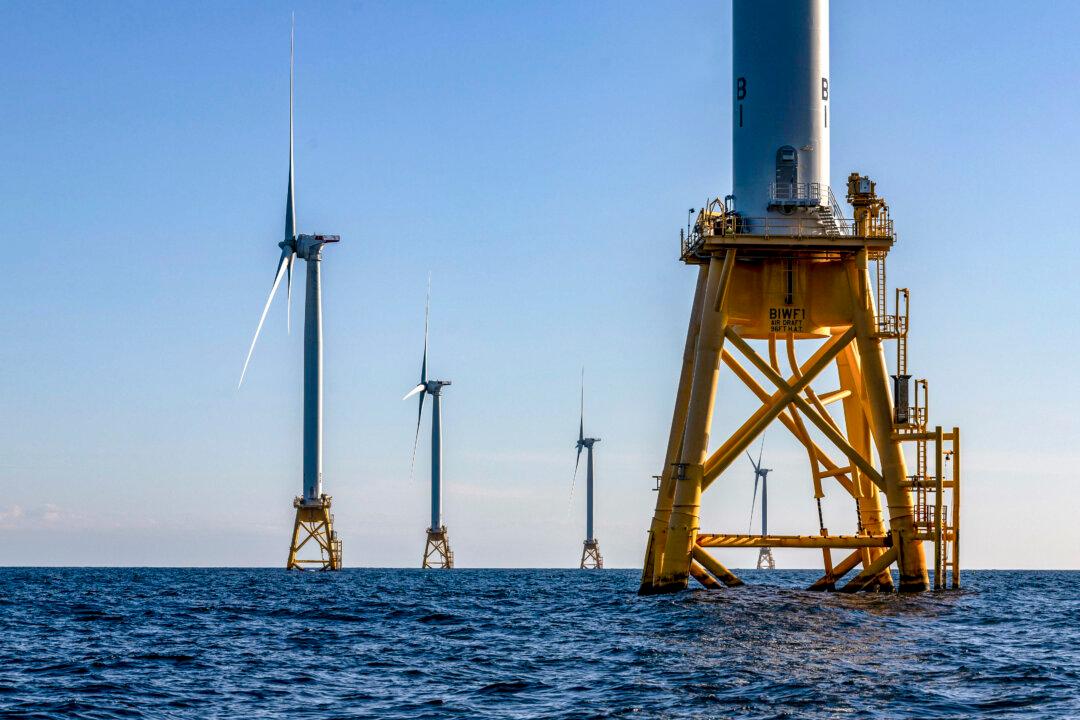The Oregon governor’s race, which has been a cakewalk for the Democratic candidate for the past 40 years, is too close to call.
With polls closed and 63 percent of the votes counted, Democrat Tina Kotek and Republican Christine Drazan are in a dead heat, with unaffiliated candidate Betsy Johnson failing to break 10 percent.
Drazan hopes to become the state’s first Republican governor since the original Top Gun was in theaters.
“Oregonians have spoken and we are waiting. We’re waiting for the votes to be counted, but we are confident that they will demand change, that they will vote for balance,” Drazan said to her supporters late Tuesday. “They will create the accountability that we haven’t seen in our state for far too long.”
She blames Democrats for homelessness, crime, and inflation in the state and said that electing Kotek would be the same as re-electing Kate Brown, who regularly polls as the nation’s least-popular governor.

“They brought us a decade of bad decisions and failed policies,” Drazan said at a Eugene rally for supporters on Nov. 7. “A homeless crisis and higher taxes. They released dangerous criminals back on our streets.
“A vote for Kotek is a vote for four more years of Kate Brown. We can’t afford four more years,” she said.
Drazan previously served as minority leader in the Oregon House, where she opposed Kotek and Brown over a cap-and-trade plan, gun control, and redistricting.
Should Oregon’s former Speaker of the House Kotek keep the Democrats’ hold on the governorship, she would be the second openly gay governor in the nation. Massachusetts Maura Healey became the first lesbian governor when she was voted in on Nov. 8.
“I know that everyone is anxious for this race to be called. Believe me, I am too,” Kotek told her supporters late last night. “The reality is this race is just too close to call tonight. I’m optimistic about the numbers, but it’s still too close.”
Kotek already boasts of being the first openly gay Speaker of the House.
In the closing days of the campaign, she reminded voters of her record as a champion of reproductive rights, canvassing Portland with the former President of Planned Parenthood and prosecuting Drazan for her pro-life views.
Johnson pledged to unite Oregonians.
“I refuse to give up on the state I love without one hell of a fight,” she told supporters in an email late in the campaign.
Voters could wait for days to learn the outcome of the race.
Meanwhile, Oregon’s three congressional seats were competitive heading into Election Day, and Oregon Republicans hoped to be part of a red wave. But by midnight, a winner could only be declared in one of those races.
Former Oregon labor commissioner Val Hoyle kept Oregon’s 4th Congressional District in the Democrat column, defeating Republican Alek Skarlatos by 8 percent.
Democrats lose the powerful House Transportation Committee chairmanship with the retirement of 35-year incumbent Democrat Congressman DeFazio.
One of the most likely GOP pickups is in the 5th Congressional District.
With 61 percent of the votes counted, Republican candidate Lori Chavez-DeRemer is leading Democrat Jamie McLeod-Skinner with 52.4 percent in a district that went for Joe Biden by 9 points in the 2020 presidential election. The race is still too close to call.
Democrat Andrea Salinas and Republican Mike Erickson are deadlocked in the race for District 6, which favored Joe Biden by 13 points in 2020. With nearly 60 percent of the votes counted, that race is also too close to call.
Oregon’s new “postmark rule” may mean that some of these races won’t be called for days.
“The new Oregon law allows mail-in ballots that arrive up to a week after the election to be counted, so long as they are postmarked by Election Day,” Lane County Election Clerk Dena Dawson told The Epoch Times.
The new extended postmark deadline for ballots was used for the first time in the May primary this year. Oregon Secretary of State Shemia Fagen reports that 5 percent of ballots were cast on Election Day.





